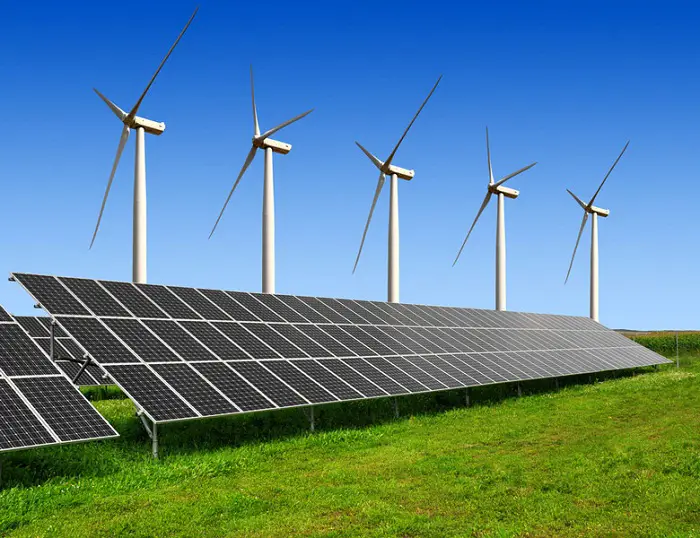The Namibian government, through the Interim renewable energy feed-in tariff project, has managed to connect nine of the 14 projects to the national electricity grid. The interim renewable energy feed-in tariff (REFIT) projects managed to feed a total of 93GW of electricity into the national grid in 2017.
According to Mines and energy minister Tom Alweendo, this is a clear testimony of an important milestone of an electricity supply industry (ESI) that is undergoing change in Namibia.
He was speaking at Rosh Pinah during the official opening and inauguration of Aloe Investments’ 5MW solar PV power plant, saying it was one of the 14 REFIT plants on the programme.
“The REFIT programme was initiated by the Ministry of Mines and Energy, the Electricity Control Board and NamPower in 2015; with the intention to reduce our electricity imports and attract private investment in the development of renewable energy resources in Namibia,” Alweendo said.
Also read:KenGen increases hydropower production as water levels rise
He stressed that energy remains the number one key input for development, thus the government recognizes it in both the Harambee Prosperity Plan and the fifth National Development Plan as a priority infrastructure area needed for the nation’s socio-economic growth and development.
Increase local electricity generating
Also read: Zimbabwe acquires US $6.5m electricity transformers
Moreover, Alweendo revealed that his ministry had finalized the national energy policy and national renewable energy policy, hoping to give a clear indication that the government is committed to a sustainable energized future for Namibians.
“We are also cognizant of the fact that the government alone cannot shoulder the immense investment required for the development of the country’s energy infrastructure. We need the private sector, and we explicitly welcome the active participation of private sector actors, such as Aloe Investments, who have realized this power plant here at Rosh Pinah,” Alweendo added.
He said the country must continue to use local available resources for the benefit of all Namibians as it moves towards Vision 2030.

